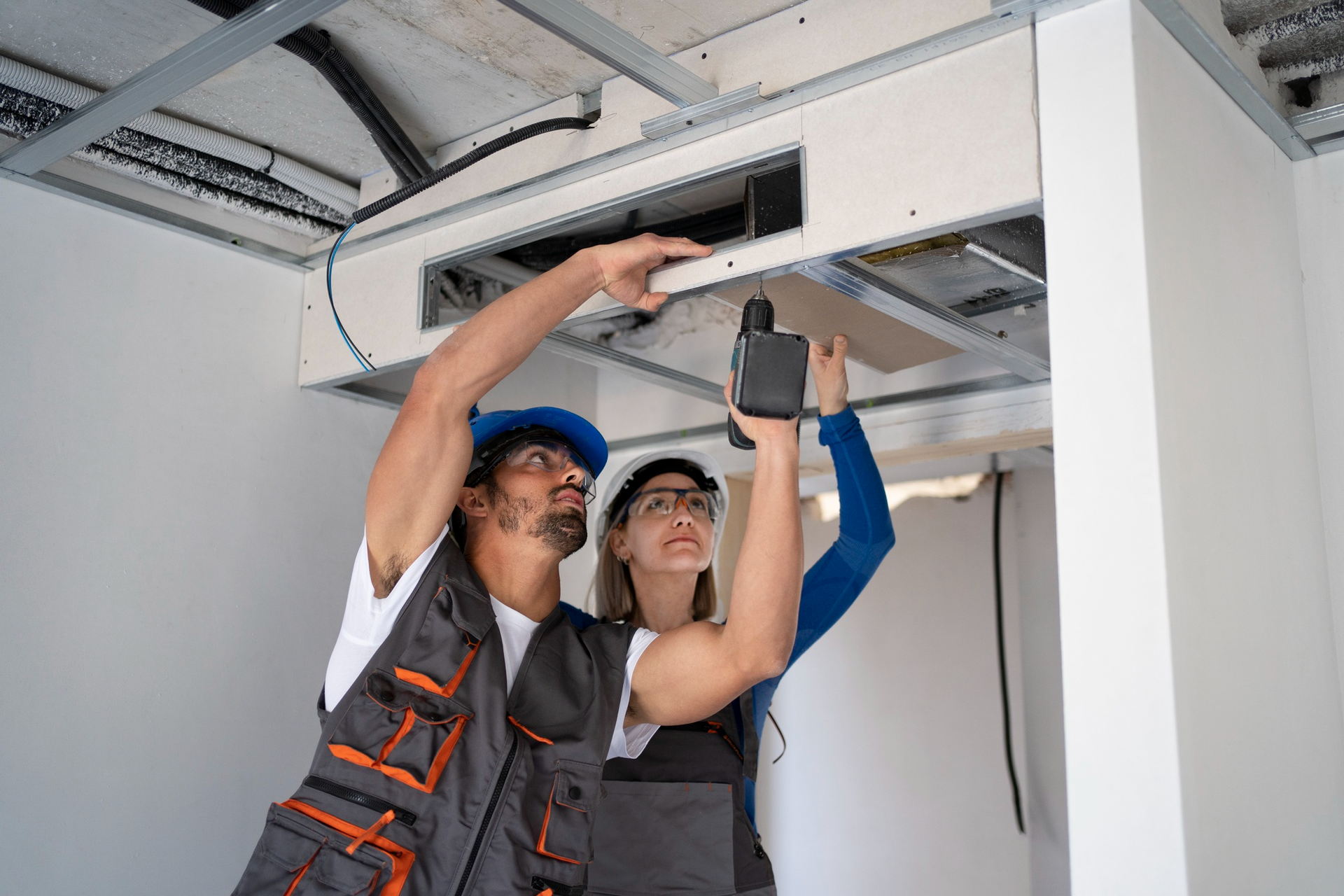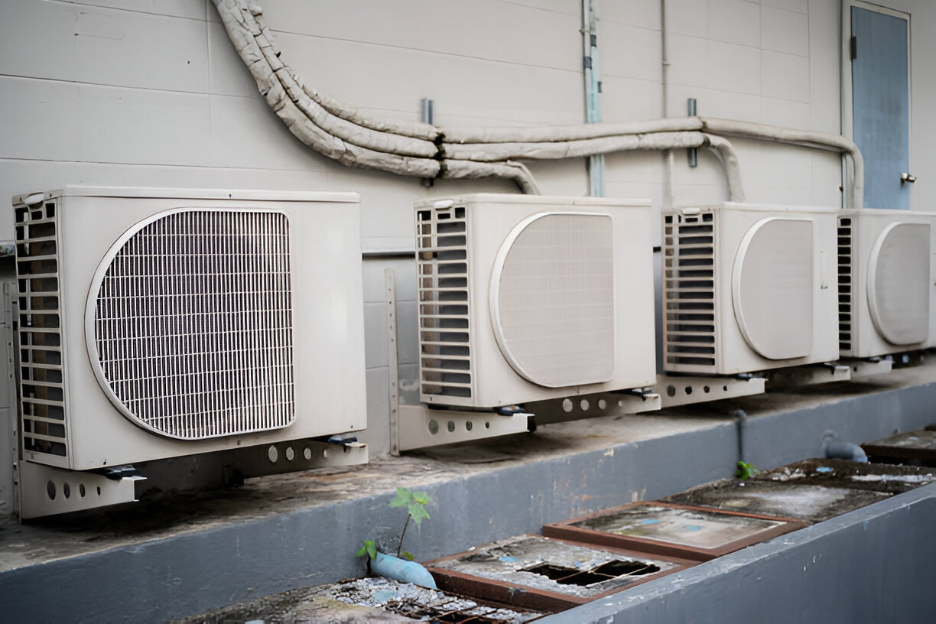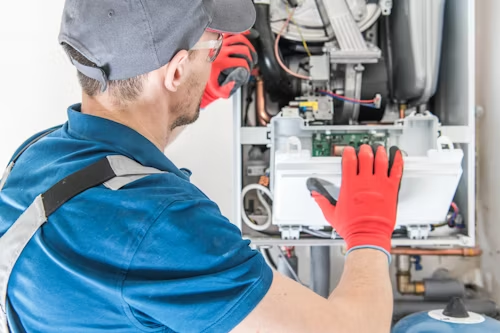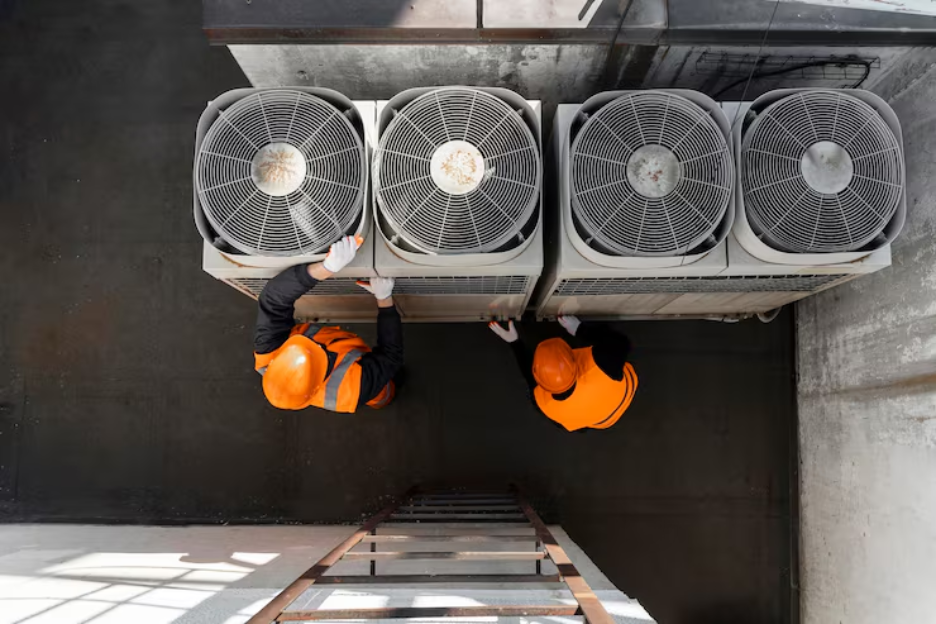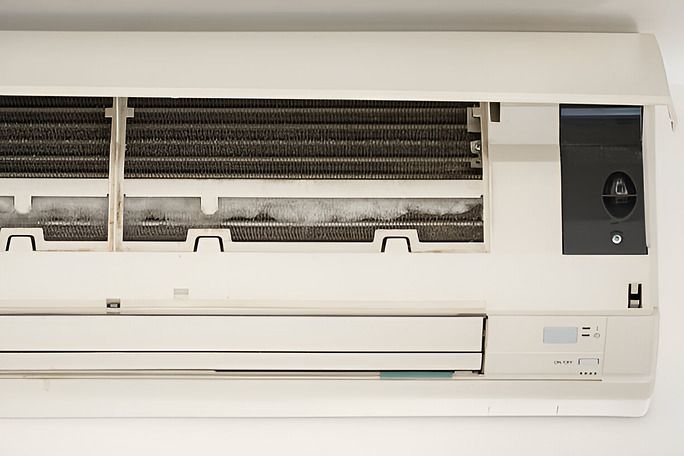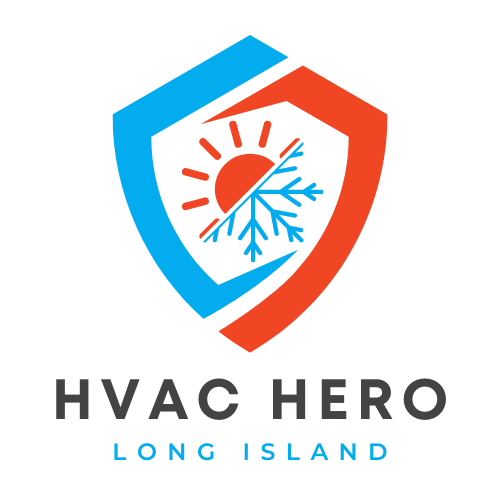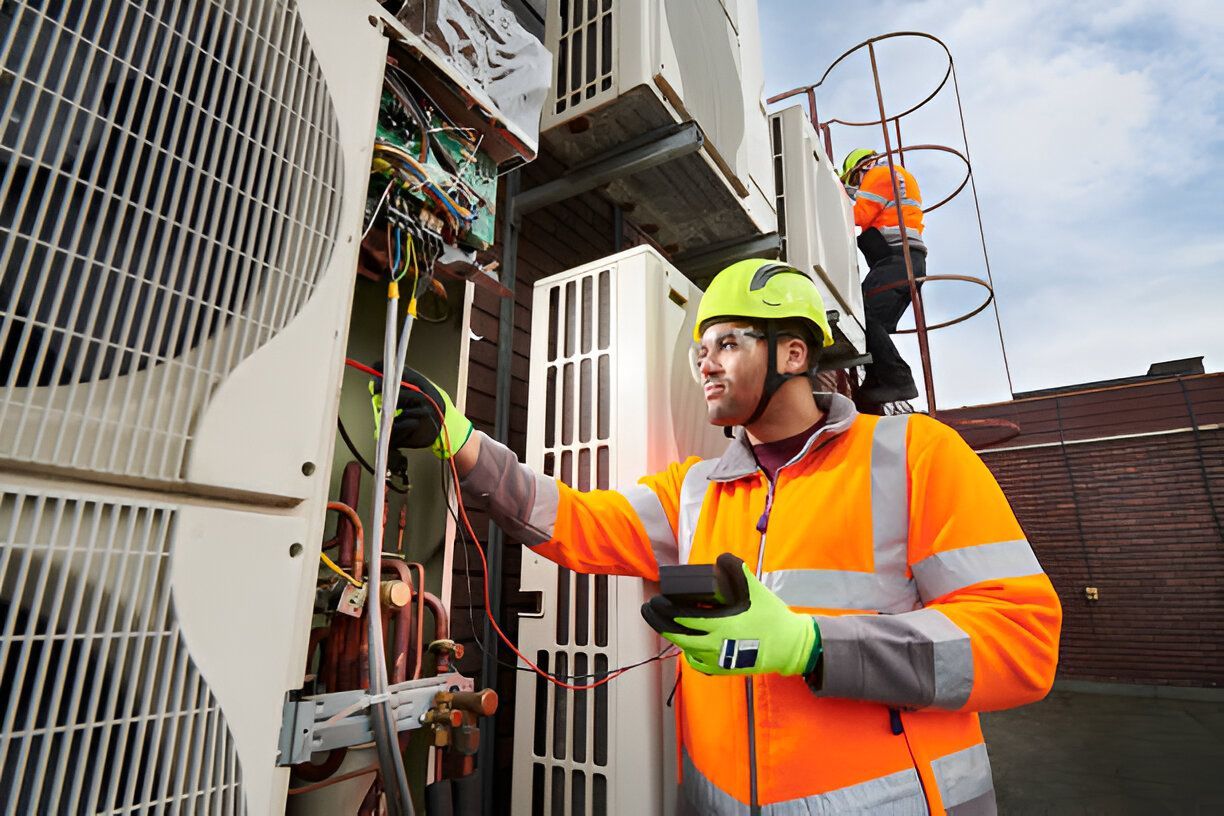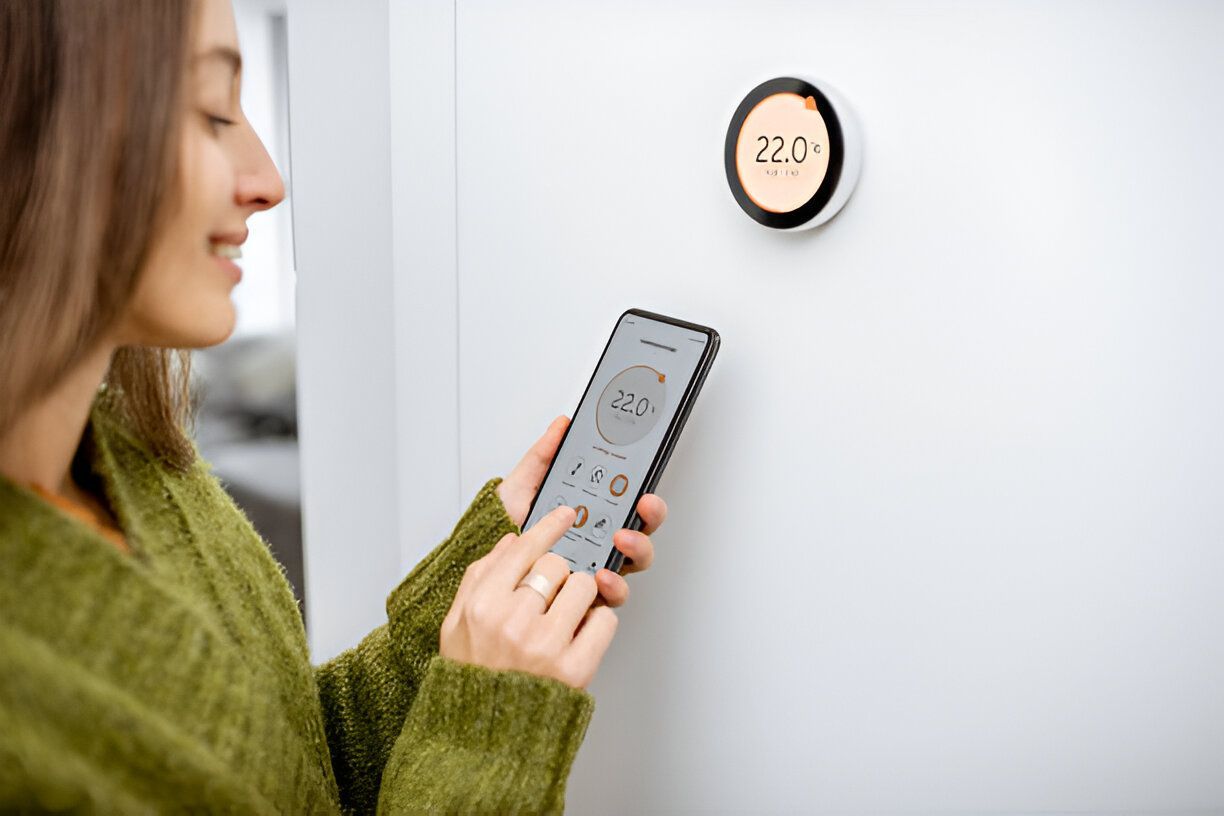Which Air Purifier Works Best with Long Island HVAC Systems?
Indoor air quality plays a vital role in maintaining a healthy and.Comfortable home. Environment. For homeowners in Long Island, this is particularly important due to the region’s seasonal pollen, coastal dust, humidity, and mold growth. Airborne allergens and pollutants can exacerbate respiratory conditions, trigger allergies, and reduce overall comfort.
Integrating an air purifier into your HVAC system is one of the most effective ways to ensure clean air throughout your home. Unlike portable units that only purify one room at a time, a properly connected HVAC air purifier treats the air circulating in every space, improving health and comfort for the entire household.
This comprehensive guide will cover the best air purifiers for Long Island HVAC systems, compare HEPA and UV technologies, explain Clean Air Delivery Rate (CADR), provide insights on filter replacement and maintenance, discuss the impact of humidity, and explore whole-house solutions.
Understanding Indoor Air Quality Challenges in Long Island
Long Island experiences unique environmental factors that affect indoor air quality. Seasonal pollen from trees and grasses can trigger allergies, while humid summers create ideal conditions for mold growth. Coastal dust, household dust, and pet dander further contribute to indoor pollutants.
Homes with central HVAC systems have the advantage of distributing conditioned air throughout the house. However, without an air purification component, allergens and pollutants can circulate repeatedly. Integrating an air purifier into the HVAC system ensures that airborne particles are removed before entering living spaces, reducing health risks and creating a more comfortable environment.
HEPA vs UV Air Purifiers: Which Is Better?
Selecting the appropriate air purifier for your HVAC system depends on household needs and priorities. Two main technologies dominate the market: HEPA filters and UV purifiers. Each works differently and addresses specific types of indoor air pollutants.
HEPA Air Purifiers
HEPA (High-Efficiency Particulate Air) filters are designed to capture airborne particles as small as 0.3 microns, including:
- Dust and household dirt
- Pollen and seasonal allergens
- Pet dander
- Mold spores
- Smoke particles
HEPA filters work mechanically by trapping particles as air passes through the filter. They are particularly effective for allergy sufferers because they reduce the number of irritants circulating indoors. HEPA filters require regular maintenance to retain efficiency, typically every 6–12 months depending on air quality and household conditions.
UV Air Purifiers
UV (Ultraviolet) purifiers use UV-C light to neutralize microorganisms such as bacteria, viruses, and mold spores. Unlike HEPA filters, UV purifiers do not physically trap particles but instead deactivate harmful pathogens, preventing them from reproducing.
UV purifiers are ideal for households concerned about germs and microbial contamination. However, UV purification is most effective when combined with HEPA filtration, which handles particles and dust, allowing UV light to focus on microorganisms.
The Role of CADR in Air Purifier Performance
Clean Air Delivery Rate (CADR) measures the volume of filtered air delivered by a purifier per minute. CADR ratings help homeowners understand how effectively a unit can clean a specific space.
- High CADR: Suitable for larger rooms, open-concept homes, and areas with high pollution levels.
- Low CADR: Best for small rooms, offices, or bedrooms.
When an air purifier is integrated with an HVAC system, CADR ensures that the entire home receives sufficient air cleaning. Properly matching CADR to home size is essential to prevent areas of poor air quality or inefficient operation.
Filter Replacement and Routine Maintenance
Even the most advanced air purifiers only work if maintained properly. Regular filter replacement and cleaning are critical for sustained performance.
- HEPA filters: Replace every 6–12 months, depending on environmental conditions.
- UV lamps: Replace annually to maintain germ-killing efficiency.
- Pre-filters: Clean or replace every 3 months to prolong HEPA filter life and prevent dust accumulation.
Neglecting maintenance can reduce filtration efficiency, strain HVAC systems, and compromise indoor air quality. Explore regular maintenance options to keep your system performing at its best, extend equipment life, and ensure a healthier indoor environment.
The Impact of Humidity on Air Quality
Humidity levels influence indoor air quality and purifier effectiveness. Long Island homes often experience high summer humidity, creating ideal conditions for mold, dust mites, and microbial growth.
- Low humidity: Can dry out nasal passages, irritate skin, and make the air feel colder than it actually is.
- High humidity: Promotes mold and dust mites, which can aggravate allergies and respiratory conditions.
Maintaining indoor humidity around 40–50% supports purifier efficiency and overall comfort. HVAC systems equipped with humidification or dehumidification functions work well in tandem with air purifiers to create balanced indoor conditions.
Whole-House Air Purifiers vs Portable Units
When selecting an air purifier, homeowners often choose between whole-house systems and portable units. Each has its advantages depending on the intended use.
Whole-House Air Purifiers
Whole-house purifiers are integrated into the HVAC system, cleaning air continuously throughout the home. Benefits include:
- Consistent filtration in all rooms
- Reduced exposure to allergens and pollutants
- Improved overall indoor air quality
- Reduced need to move multiple portable units
Portable Air Purifiers
Portable units are useful for targeted air purification in specific areas, such as bedrooms, living rooms, or offices. They are best suited for supplemental purification but may not provide consistent home-wide air quality.
Smart Integration and Modern Air Purifiers
Modern HVAC-compatible air purifiers often feature smart technology that monitors indoor air quality. Sensors detect pollutants, humidity, and airflow, automatically adjusting purification levels for optimal efficiency.
Benefits of smart integration include:
- Reduced energy usage by adapting operation to current conditions
- Longer filter life due to optimized usage
- Real-time monitoring of indoor air quality
- Automated adjustments for varying pollution levels
Smart air purifiers provide convenience while ensuring healthier indoor air consistently.
Common Allergens in Long Island Homes
Long Island homeowners face a variety of indoor allergens that can affect health and comfort:
- Pollen: Seasonal pollen from trees, grasses, and flowering plants can trigger allergic reactions.
- Dust mites: These microscopic creatures thrive in bedding, upholstery, and carpets.
- Pet dander: Skin flakes from cats, dogs, and other pets can exacerbate allergies.
- Mold spores: High humidity and poorly ventilated spaces can encourage mold growth.
An integrated HVAC air purifier can remove these allergens efficiently, creating a healthier living environment for residents.
Selecting the Right Air Purifier for Your HVAC System
Choosing the ideal air purifier for your home involves several considerations:
- Home size: Ensure the purifier’s CADR rating matches the size of your home or the rooms it will serve.
- Filter type: HEPA filters are suitable for particles, UV for germs, or combination systems for comprehensive purification.
- Maintenance requirements: Understand filter replacement intervals and cleaning schedules.
- HVAC system compatibility: Confirm that the purifier works seamlessly with your HVAC setup.
- Smart features: Sensors and automation can enhance performance and efficiency.
By evaluating these factors, homeowners can select a system that maximizes air quality throughout the house.
Additional Tips for Cleaner Indoor Air
Beyond air purifiers, several practices improve indoor air quality:
- Regular HVAC maintenance: Ensures optimal airflow and prevents dust accumulation in ducts.
- Vacuuming with HEPA-filter vacuums: Reduces dust and allergens on floors and carpets.
- Controlling indoor humidity: Use dehumidifiers or humidifiers to maintain 40–50% humidity levels.
- Reducing indoor pollutants: Limit indoor smoking, chemical cleaners, and excessive use of aerosols.
- Proper ventilation: Open windows when outdoor air quality is good to reduce indoor pollutants.
FAQs: Air Purifiers for Long Island HVAC Systems
Q1: How often should I replace my HVAC air purifier filter?
HEPA filters usually last 6–12 months, UV lamps should be replaced annually, and pre-filters may require cleaning or replacement every 3 months.
Q2: Can I rely solely on a portable air purifier?
Portable units work well for single rooms but cannot provide consistent air quality throughout an entire home.
Q3: What is the difference between HEPA and UV purifiers?
HEPA filters trap airborne particles like dust and pollen, while UV purifiers neutralize microorganisms such as bacteria and viruses. A combination system provides the most thorough air purification.
Q4: How does humidity affect purifier performance?
Excessive humidity can reduce filtration efficiency and promote mold growth. Maintaining 40–50% indoor humidity improves purifier effectiveness.
Q5: Are smart HVAC-integrated purifiers worthwhile?
Yes, smart systems monitor air quality and adjust filtration automatically, which enhances efficiency and prolongs filter life.
Conclusion
A well-chosen air purifier integrated with a Long Island HVAC system can significantly improve indoor air quality and overall home comfort. By understanding HEPA and UV technologies, CADR ratings, filter maintenance, humidity control, whole-house purification, and smart integration, homeowners can make informed decisions for healthier living spaces. If you’re unsure which system fits your home best, it’s a good idea to get in touch with a local HVAC professional to evaluate your needs. Whole-house systems provide consistent air cleaning, reduce allergens, and create an environment where families can breathe easier and enjoy better health.
